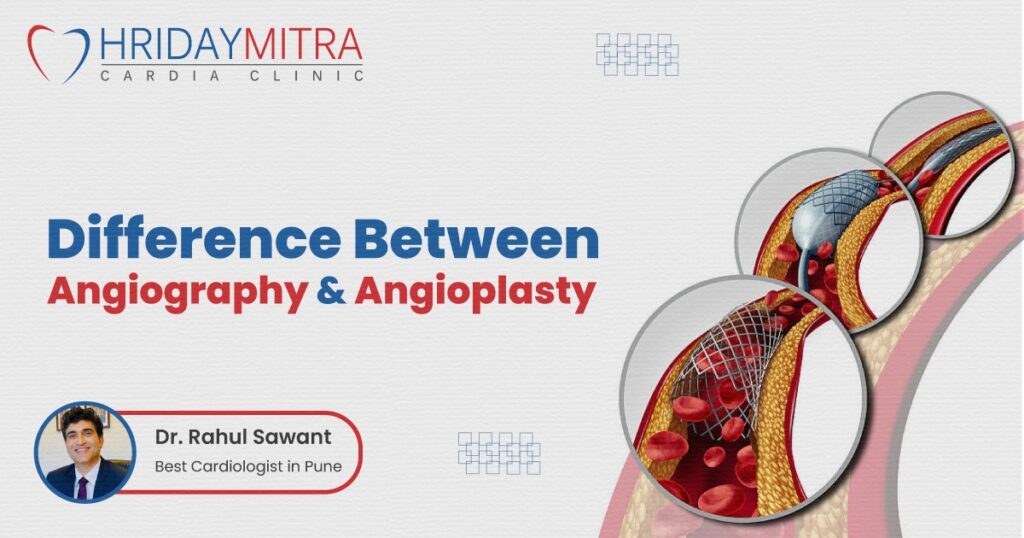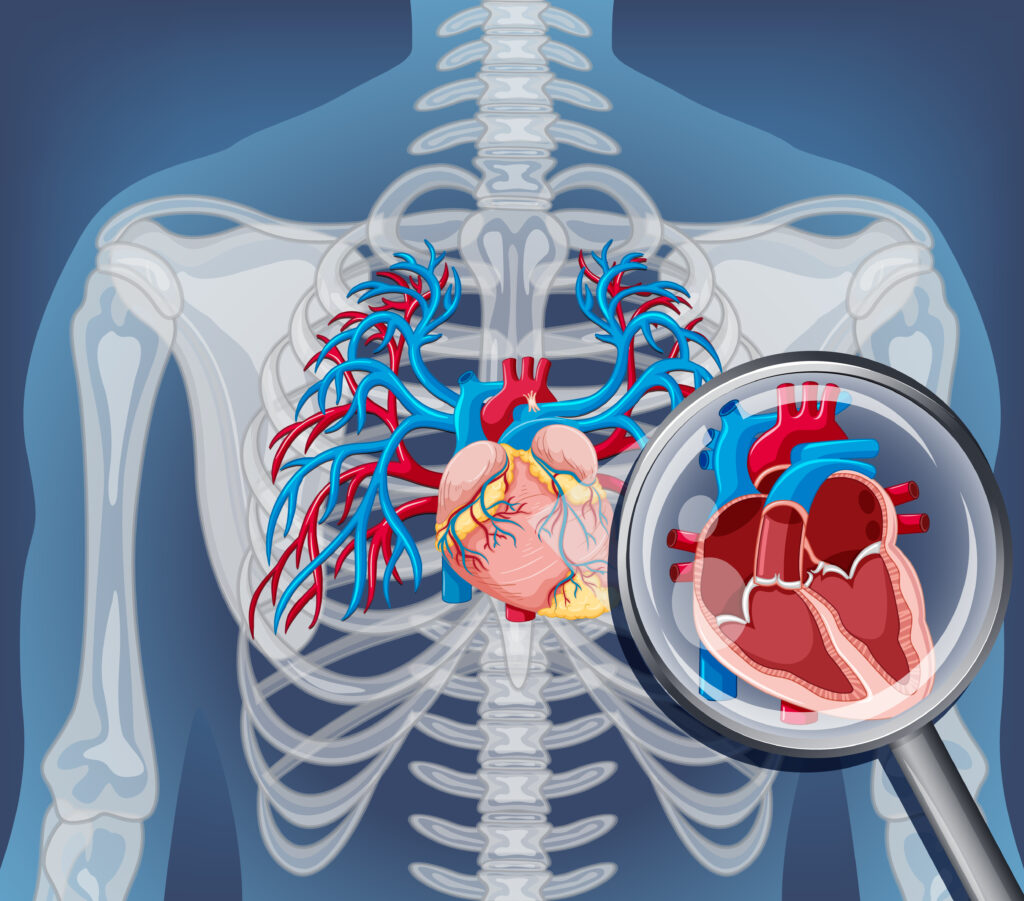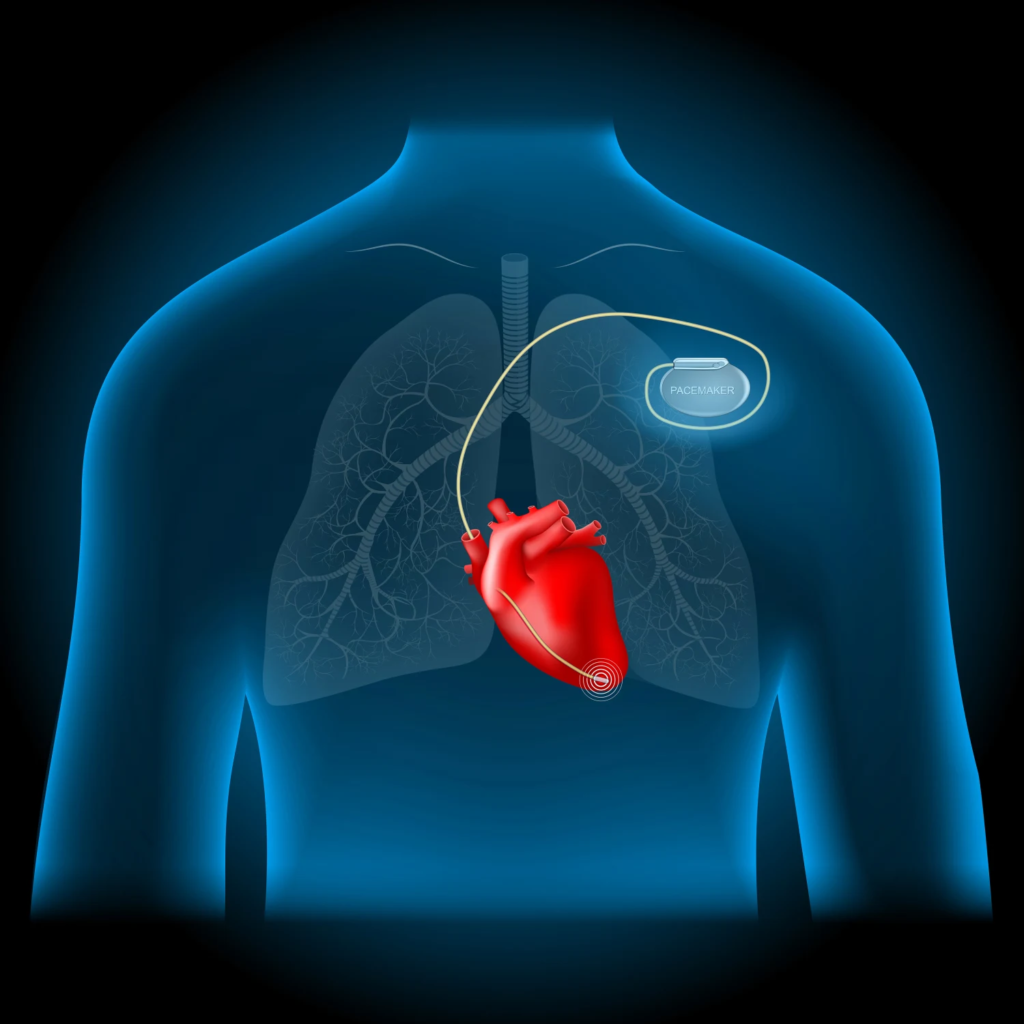Our body’s circulatory system thrives on smooth blood flow, but sometimes, blockages in the pipelines (arteries) can disrupt this vital process. Two medical procedures, angiography and angioplasty, come into play when dealing with these blockages, but they serve distinct purposes. Let’s unravel the mystery and understand the key differences between these procedures.
Angiography: Seeing is Believing
Imagine a detailed map of your blood vessels, highlighting any potential roadblocks. That’s essentially what angiography does. It’s a diagnostic procedure that uses X-rays and a special dye to visualize the inner workings of your arteries. Doctors insert a thin tube (catheter) into an artery, typically in the groin or wrist, and inject the dye, allowing them to see narrowed or blocked areas on X-ray images.
Think of it as an investigative mission – angiography helps diagnose various conditions like coronary artery disease, peripheral artery disease, and blood vessel abnormalities. It provides valuable information for doctors to decide on the best course of treatment, including whether angioplasty is needed.
Angioplasty: Clearing the Path
While angiography diagnoses, angioplasty tackles the problem head-on. It’s a minimally invasive procedure that aims to open narrowed arteries. Following a similar approach to angiography, a catheter is inserted, but this time, it carries a tiny balloon at its tip. This balloon is inflated at the blockage site, compressing the plaque buildup and widening the artery to improve blood flow.
Think of it as a road widening project – angioplasty removes the obstacles, allowing blood to flow freely again. It’s often used to treat coronary artery disease and can alleviate symptoms like chest pain and improve heart function.
Key Differences at a Glance:

Remember: Choosing between angiography and angioplasty depends on your individual case and medical history. Your doctor will carefully assess your condition and recommend the most suitable procedure.







